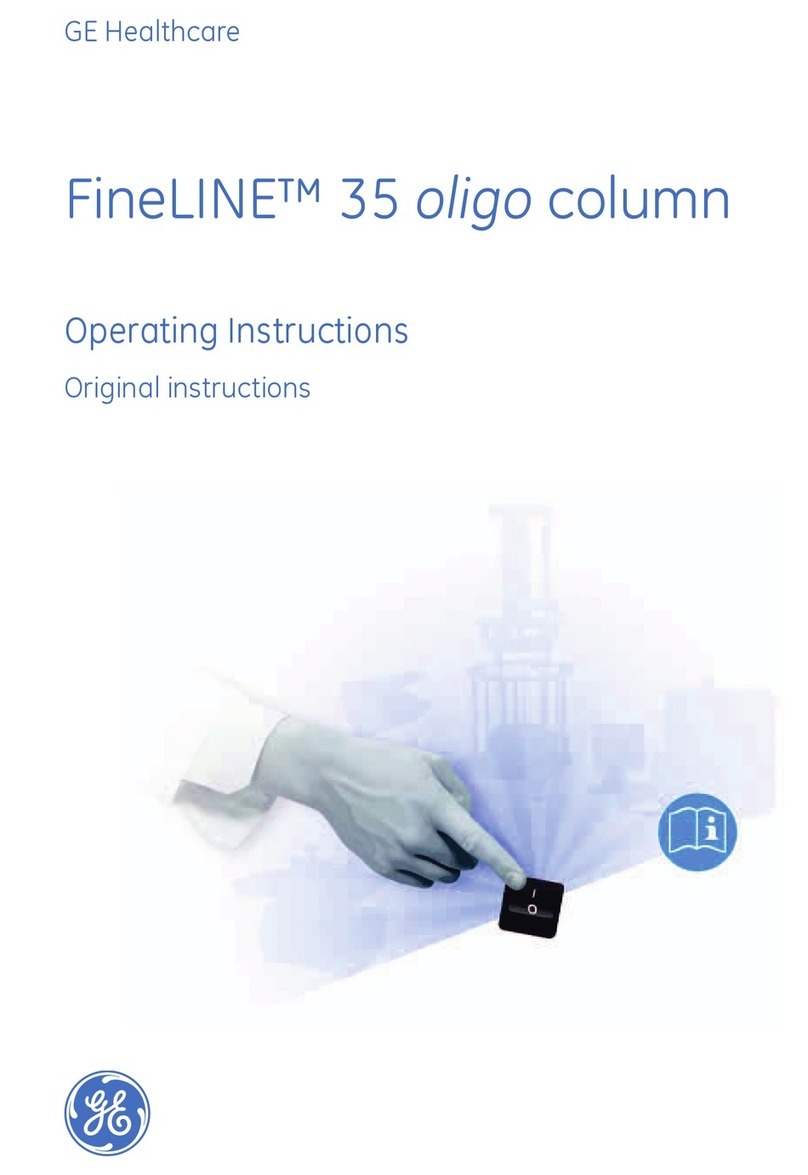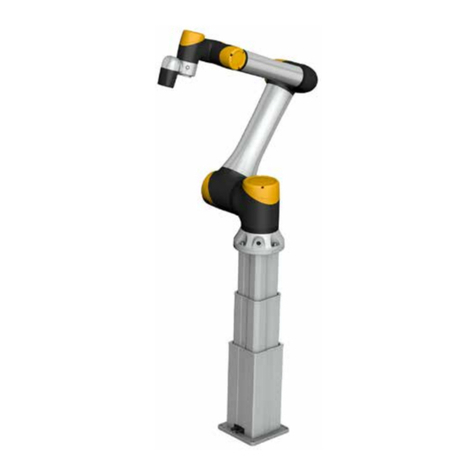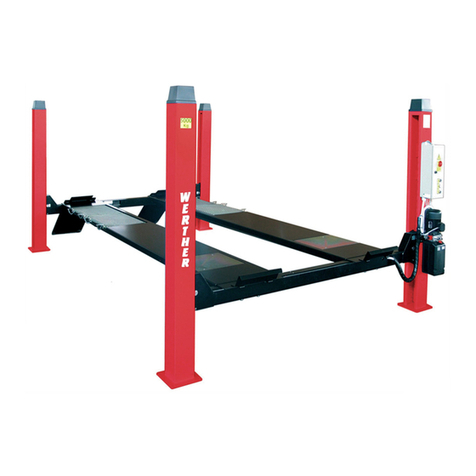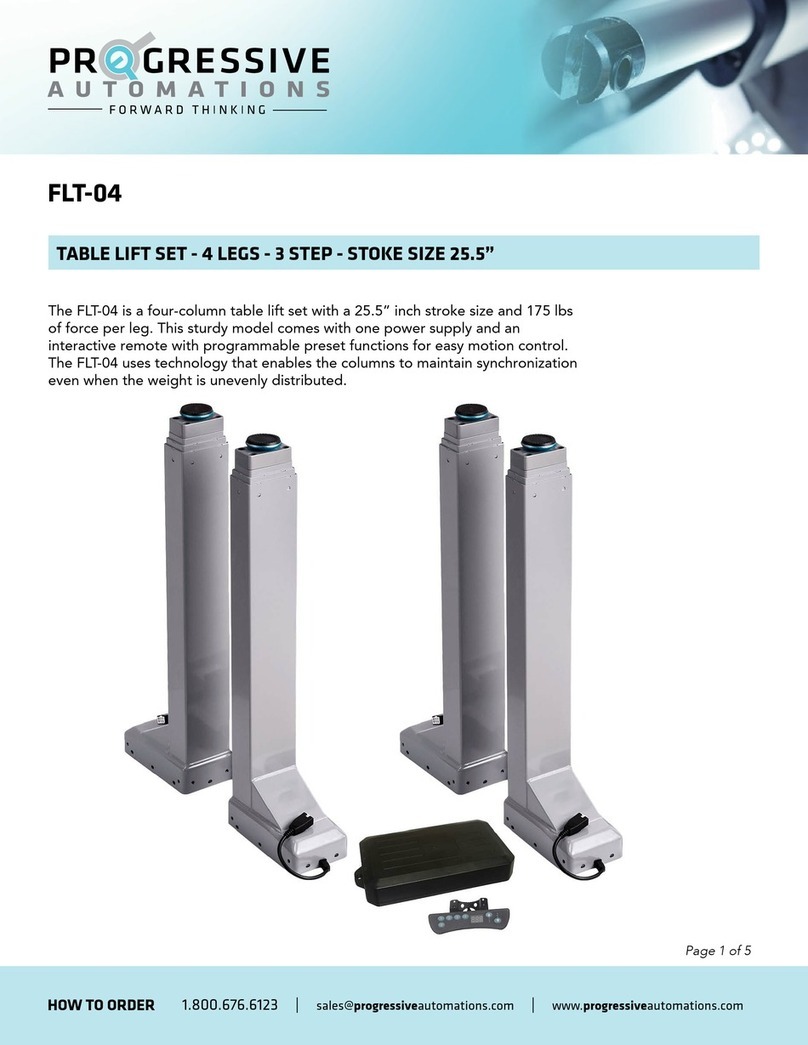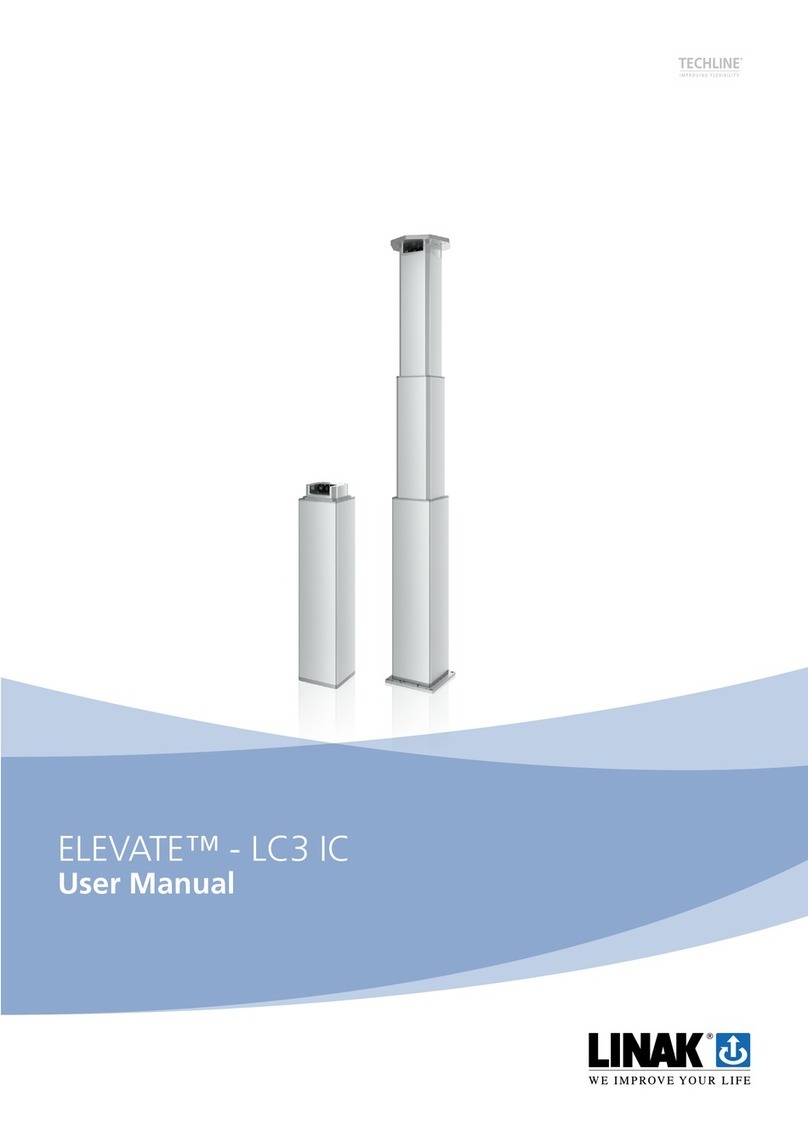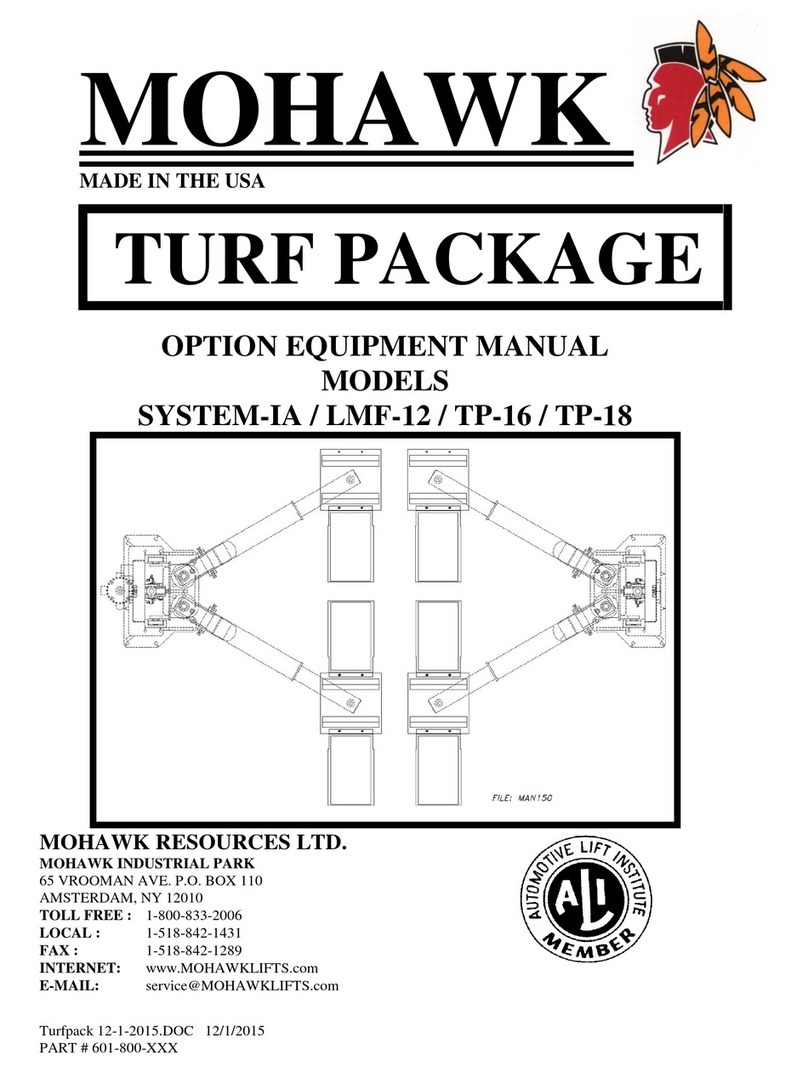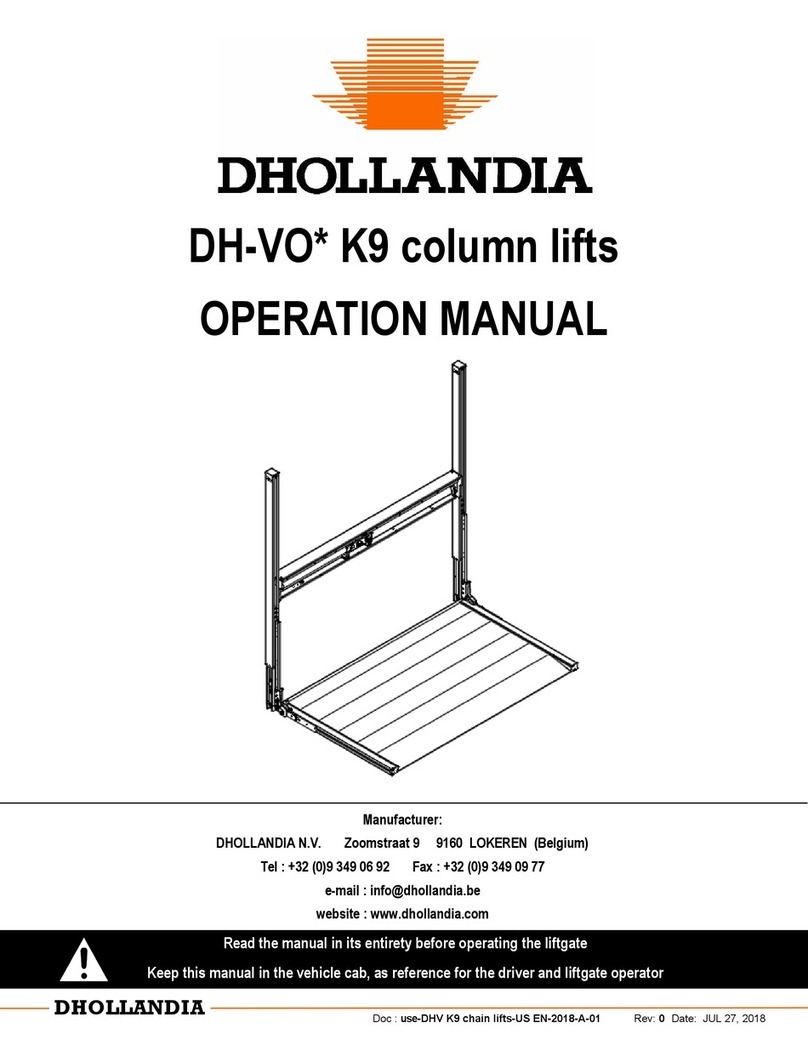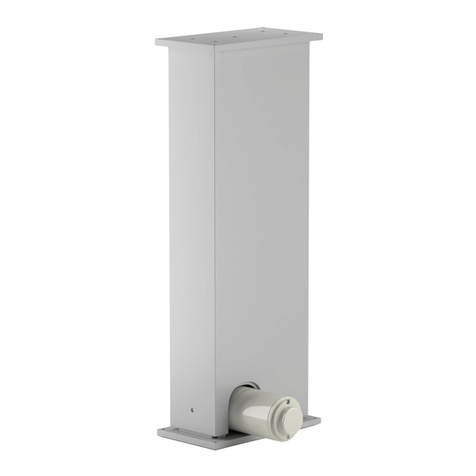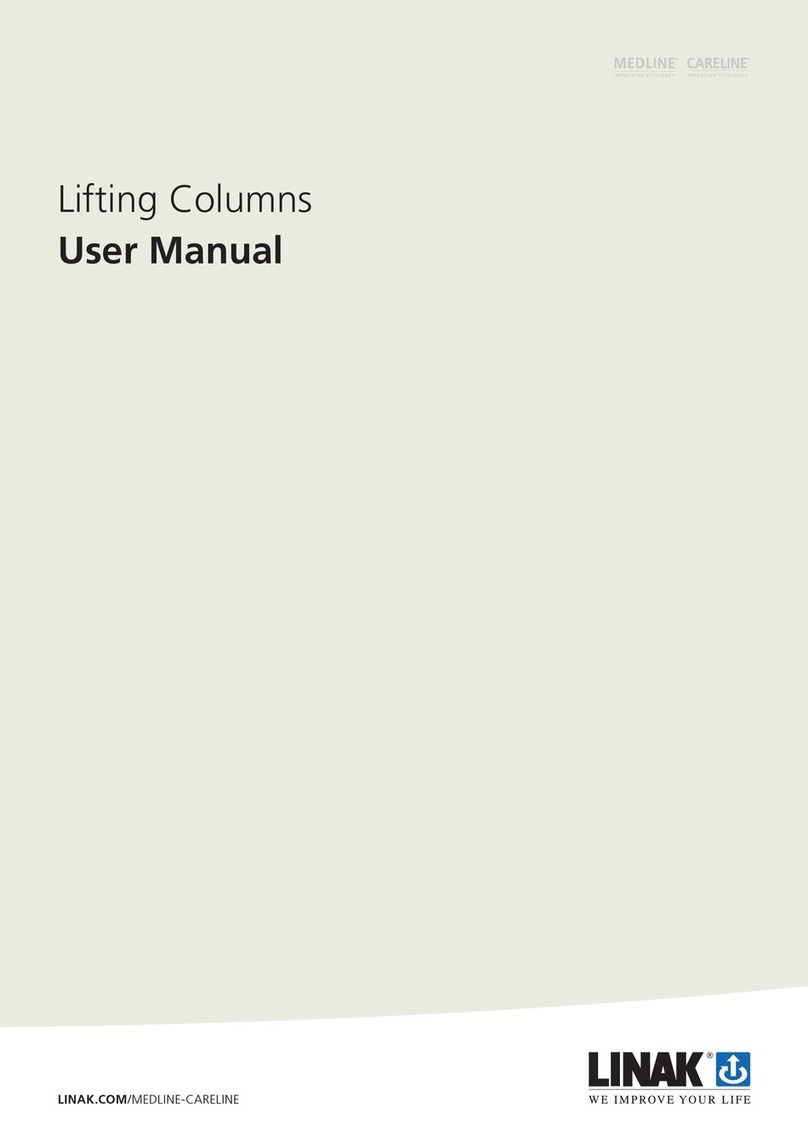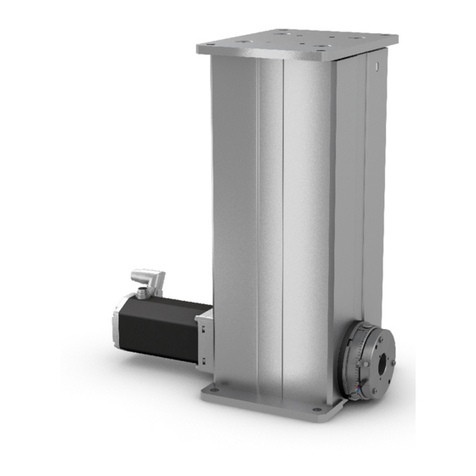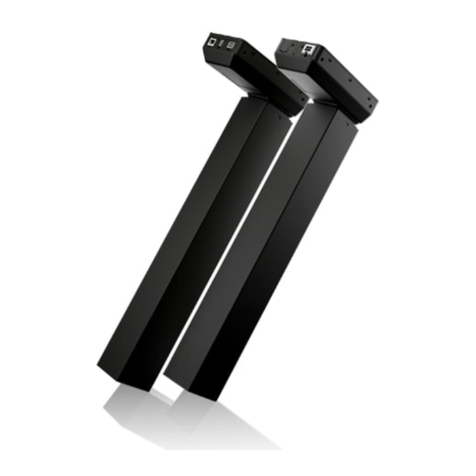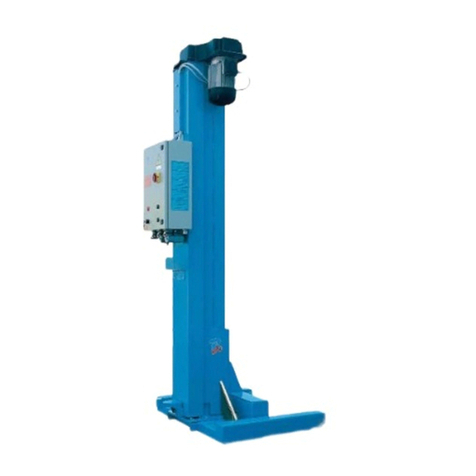•The personnel involved in liftgate installation are exposed to various dangers. Improper use of the liftgate, or ignorance and neglect
during installation, will put the personnel at great risk of bodily injury and death.
•Improper installation can cause damage to the liftgate, can reduce the durability and reliability of the liftgate, and can put the operator
and bystanders at great risk of serious bodily injury and death in many ways.
•To reduce the risk of serious bodily injury or death to the installation personnel, to the operator, and any bystanders, liftgate
installation works MUST be restricted to skilled and trained technicians, who have been duly and professionally trained, and know,
understand and apply the manuals of the liftgate:
1. OPERATION MANUAL
2. INSTALLATION MANUAL
3. GENERAL SAFETY INSTRUCTIONS FOR INSTALLATION, MAINTENANCE AND REPAIR
•ALWAYS confirm you have reviewed the most up-to-date version of these manuals prior to installation and operation of the
associated DHOLLANDIA liftgate.
•In case of doubt, ALWAYS contact the national DHOLLANDIA distributor for further advice, prior to continuing.
•ALWAYS wear appropriate Personal Protective Equipment. This includes but may not be limited to: ANSI rated glasses with side
guards, or a wrap-around face shield; steel toe safety shoes; fire-resistant overalls; protective gloves; adequate ear protection; a
safety helmet when working under the vehicle chassis.
•NEVER wear loose-fitting clothes that may get trapped in the moving parts of the liftgate, or in any machinery and tools used for the
installation. Don’t wear rings, bracelets, necklaces, watches etc…
•ALWAYS use the proper tool for the job. Repair or replace worn or damaged tools before use.
•Pay special attention to the lifting devices (forklifts, overhead cranes, hoists, chains or ropes…) used to handle the liftgates, and for
the clamping tools (C-clamps, pipe clamps, vise grips…) used to clamp the liftgate, its mounting plates and floor extension to the
vehicle chassis and box. Ensure these tools are appropriate for the job, and in good working order.
•Place the vehicle on a flat even ground and chock the wheels so that it cannot move during the installation process. In case of a
motor vehicle, make sure the engine is off and the parking brake is set before starting.
•Do not work underneath the liftgate, or within reach of the platform and the moving parts of the liftgate, without properly securing
and supporting the platform and the liftgate frame against accidental falling. Use an overhead crane and hoists, a forklift or equivalent
means to secure the heavy liftgate components.
•Make sure the vehicle battery power is disconnected while installing the liftgate. Connect the battery power to the liftgate only when
the installation is completed, or as required in the installation instructions.
Before welding, note that welding on galvanized parts releases hazardous fumes. Provide adequate ventilation,
and wear an appropriate toxic fume rated welding respirator.
•NEVER modify DHOLLANDIA liftgates or their mounting plates without prior written consent by the manufacturer.
If for any reason, trouble-shooting and / or repair might be needed during the installation process, consult and
follow the guidelines and safety instructions of the MAINTENANCE MANUAL.

